Is Social Media KILLING US?
We've had social media for about 25 years. Do we have enough data to say whether its been a net positive or negative for society?
15-year-old Bradyn Bohn dreamed of traveling the world, going to college, and being a dad someday. Then he became a victim of “sextortion” in March, where scammers posing as a teen girl coaxed him into sending explicit images of himself, and threatened to share with family and friends if he didn’t pay up. Wracked with stress, Bradyn killed himself, leaving a note reading, "Make sure he gets caught. I'm so sorry."
On the evening of June 19, 2017, 15-year-old Sadie Riggs, a victim of in-person and online bullying, stayed home alone while her Aunt Sarah ran a few errands. Upon returning, Sarah couldn’t find her niece while running around the property yelling her name. Finally, she checked Sadie’s favorite spot, an elm tree in the back overlooking the property. There she was, hanging from it.
16-year-old Emma Claire Gill’s parents allowed her to start using Snapchat at 17, but restricted her access at night. When Emma’s friend committed suicide, her parents allowed her extra phone time to support friends. But after Emma’s parents caught her sneaking out, they took her phone and found explicit images. On August 8th, 2021, without her phone for the first time since she started using social media, Emma went to the barn, found her dad’s 22 caliber rifle, and shot herself in the head.
Social media, as we define it today, has existed for a quarter of a century, with the advent of MySpace in 2003 and “The Facebook” as it was called in 2004.
In those early days, these services were limited to desktop computers, offering basic functionality such as making friend requests, building profiles, or writing on each other’s “walls.”
Today, people build entire businesses on social media.
When this technology first emerged, some warned of potential dangers, but they were largely dismissed as kooks.
But after a couple of decades of this unprecedented means of communication, we have witnessed its impact on users and society overall.
Sadly, horror stories such as the tragedies above happen all the time, but many still say these are edge cases, and social media is a net positive for society.
Is it?
Argument: Social Media is a Net Positive

Technology and social media have brought power back to the people. -Mark McKinnon
Main Points
Connectivity and Community Building
Information Sharing and Education
Economic Oppurtunities
Amplification of Voices
Entertainment and Creativity
Point #1: Connectivity and Community Building

In a world where loved ones often live hundreds or thousands of miles apart, social media allows us to stay connected with photos, videos, or live streams.
Through community groups, neighbors organize events, share safety information, and make new friends.
People with specific interests, such as niche hobbies or rare medical conditions, can build meaningful relationships and provide invaluable support.
Point #2: Information Sharing and Education
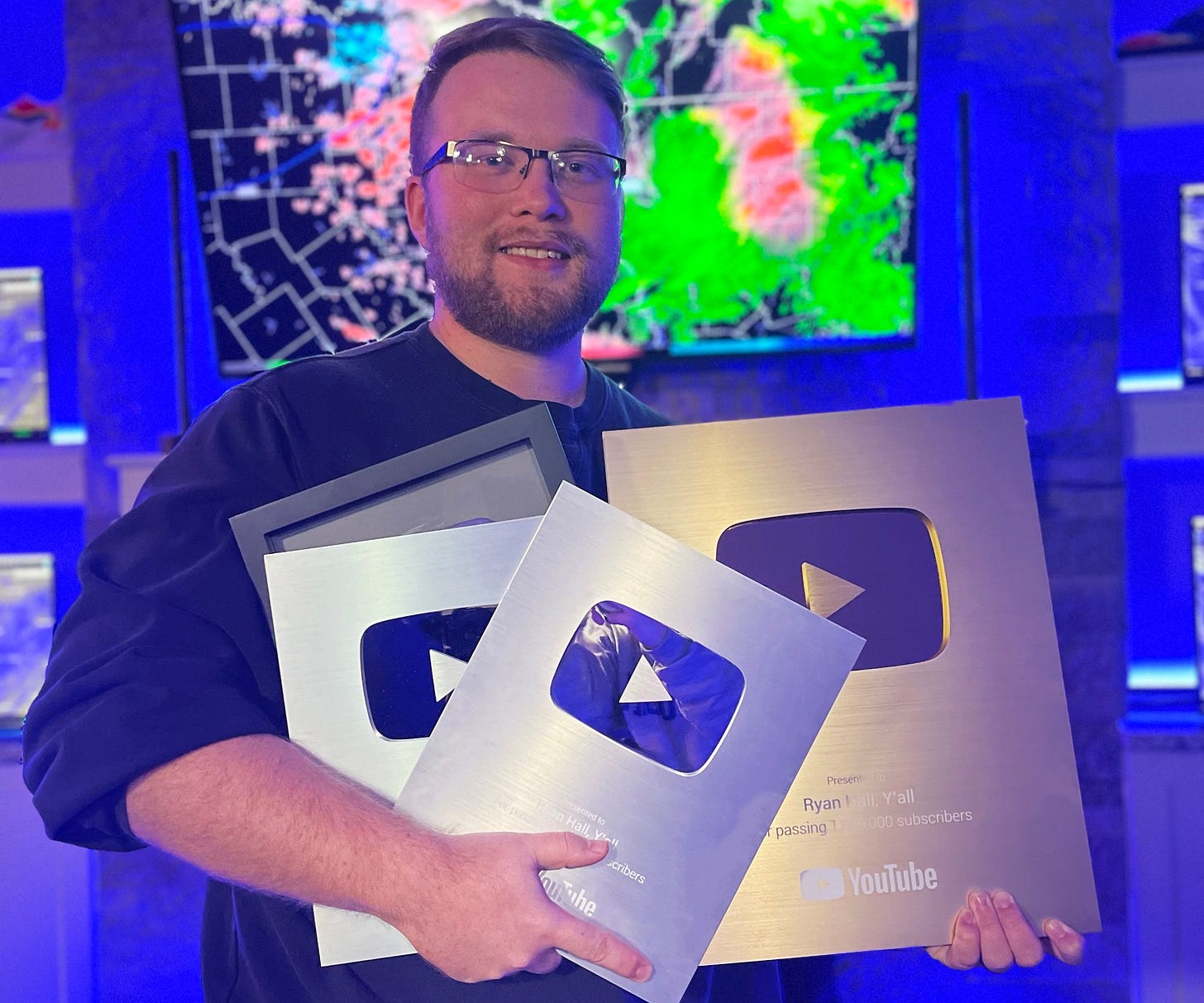
If you’ve ever been stuck on a DIY project, you’re familiar with the lifelines found in video tutorials and walk-throughs. Schools, colleges, and homeschoolers all take advantage of social media for special projects and standard lessons.
Catching the latest news at 5 or 10 PM is a thing of the past as people get real-time updates, often with local safety concerns such as inclement weather, crime, or gas leaks.
Point #3: Economic Opportunities
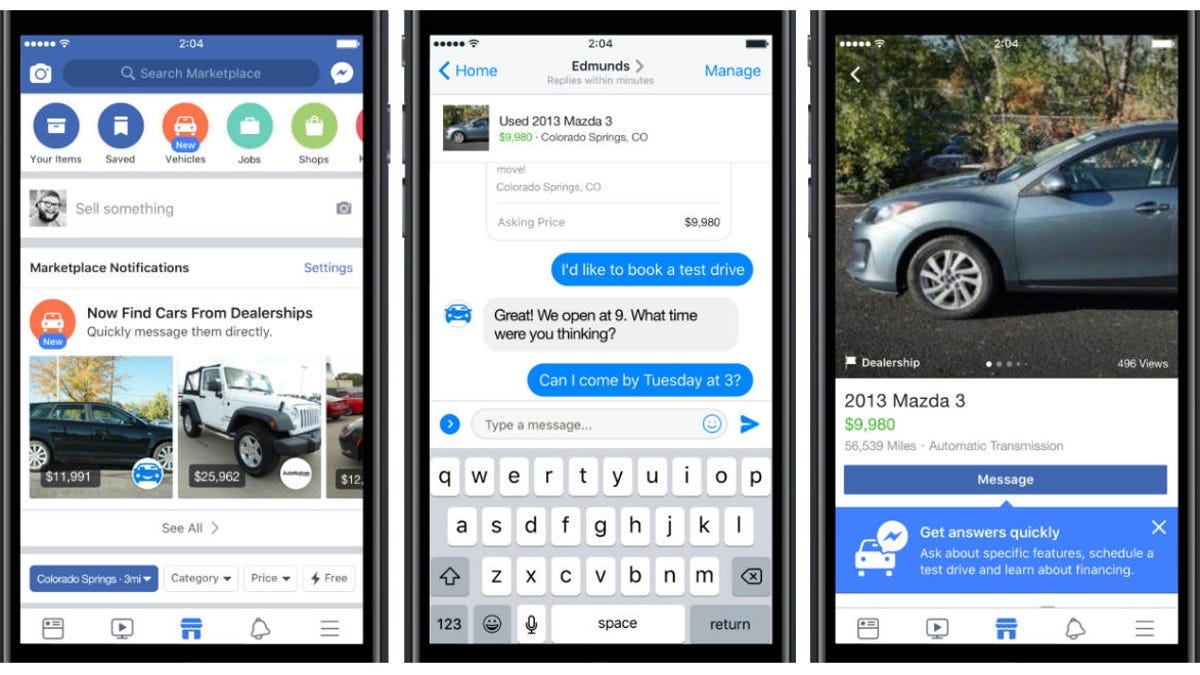
Social media creates jobs, not only for the staff at places like X or Facebook, but also for marketing teams worldwide. Online marketplaces allow people to organize their homes and make a buck, while buyers on a budget find affordable alternatives.
Online freelancers find work through social media, and professional platforms like LinkedIn allow people to network and advertise job opportunities. Many people make a full-time career virtually writing right here on Substack or selling trinkets on Etsy.
Point #4: Amplification of Voices

Back in the day, if you didn’t have traditional media access, you didn’t have a voice. Marginalized groups, such as the abused or medically injured, can raise awareness and advocate for change. National fundraisers, such as the Ice Bucket Challenge that raised ALS awareness, allow millions of people to laser-focus on a single issue.
The days of watching a select few news anchors are over, as activists and journalists gain millions of followers, often reporting information not found through legacy outlets.
Point #5: Entertainment and Creativity

Research shows that 63% of teens say that they are given a place to show their creative side online. Social media offers an endless supply of entertainment, including memes, articles, and short films. Podcasters, storytellers, and gamers have made lucrative careers on YouTube and Twitch.
Musicians also make money on apps like SubscribeStar and SoundCloud, where producers often scout new talent and bring them onto a physical stage.
Rebuttal: Social Media is a Net Negative
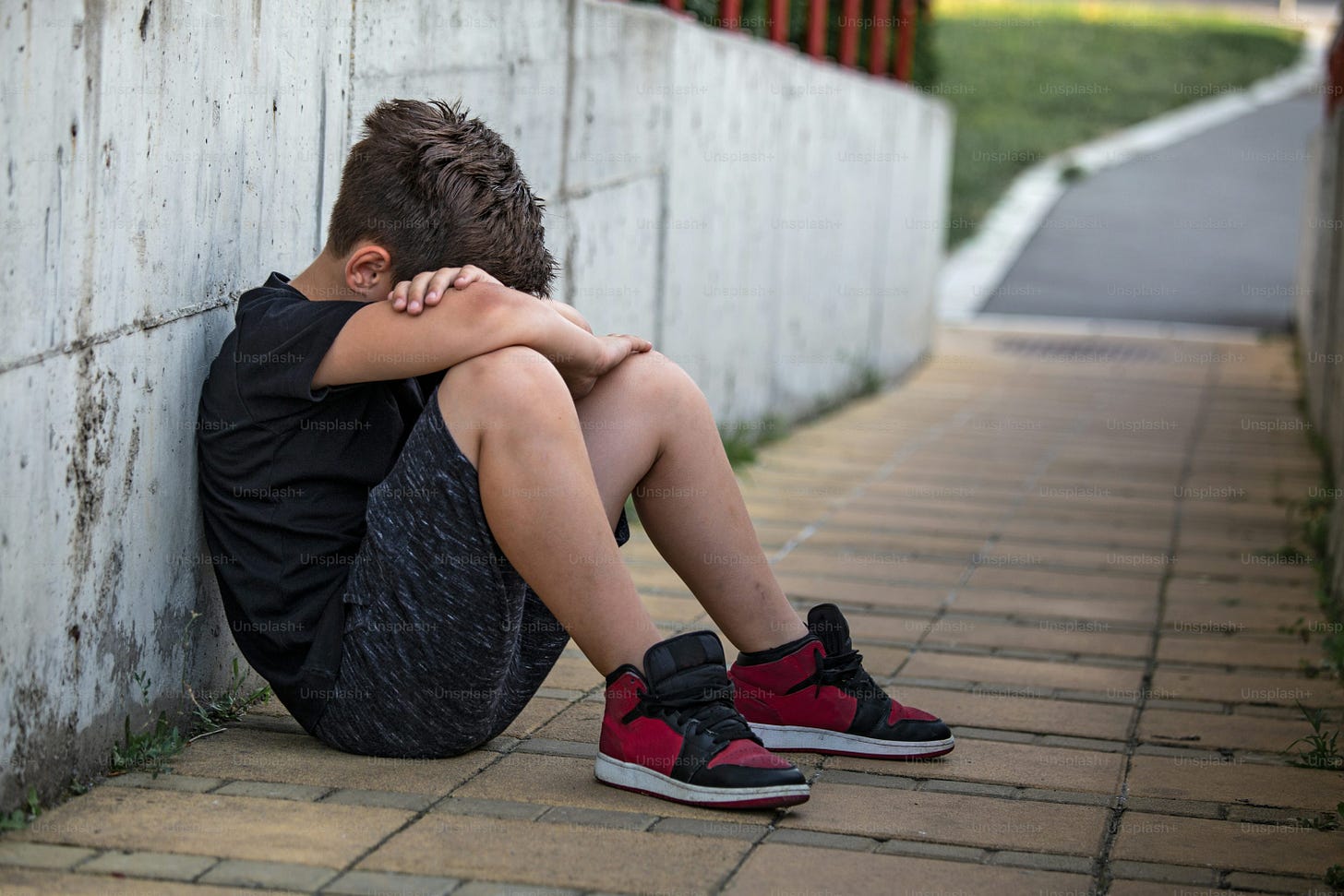
Social media is making us more anti-social. -Tom Green
Main Points
Mental Health Impacts
False Info and Polarization
Privacy and Exploitation
Addiction and Time Waste
Cyberbullying and Toxicity
Point #1: Mental Health Impacts

According to surveys by the National Center for Health Research, about 25% of teens believe social media has a mostly negative impact on their lives. 13% of 12-17 year olds reported depression, and 32% reported social media-related anxiety. Young adults fall victim as well, with 33% of 18- to 25-year-olds reporting some form of mental illness.
Social media makes us less social, and the constant flow of negative news, life and body comparison, and sexualized content causes mental stress or amplifies pre-existing issues.
Point #2: False Info and Polarization

False or biased information pushed by corporate media, government, or the platforms themselves, such as what the Twitter Files uncovered, proves there is often more than meets the eye. During the lockdowns, social media users were suspended or banned for questioning virus origins, eroding public trust.
Algorithms polarize users by curating content based on user history, creating echo chambers that amplify selected information, which causes further social division.
Point #3: Privacy and Exploitation

Many users don’t realize how much data social media platforms collect, such as targeted ads or third-party data sharing. Like they say, if you aren’t paying for the product, you are the product.
In the class-action lawsuit against Cambridge Analytica in 2022, the consulting giant paid out $725 million after releasing personal data to third parties without user consent.
Even with the best intentions, personal data remains at risk as hackers target databases, as seen in the recent X breach that exposed 200 million user records. Social media platforms have also increasingly become more involved with human trafficking and drug markets.
Point #4: Addiction and Time Waste

Social media engineers design their platforms to increase engagement through functionality such as ‘infinite scroll,’ where users never run out of swipe material. Dopamine hits from alerts keeps people reaching for their phones.
On average, today, people spend about two hours a day on social media. Teenage girls are closer to three hours. This is a jump from 2013, when the average was 90 minutes daily. Prioritizing screen time often puts productivity, sleep, and real-world relationships on the back burner.
Point #5: Cyberbullying and Toxicity

Almost 50% of US teens between 13 and 17 report being victims of cyberbullying in one form or another, according to a 2022 Pew study. Types of harassment include name-calling, rumor spreading, physical threats, and nonconsensual explicit image sharing.
Bullying aside, with more young people finding that their college degrees are worthless in a dismal job market, young girls are turning to Instagram or OnlyFans to sell explicit content. Adult professionals, such as ‘Allie Rae’, famously quit her nursing job in favor of online prostitution.
Is Social Media a Net Neutral?

On January 31, 2024, Mark Zuckerberg shivered in his loafers as Congressman Josh Hawley (R-MO) mercilessly grilled him before the US Senate Judiciary Committee at the hearing titled “Big Tech and the Online Child Sexual Exploitation Crisis.”
Standing behind Zuck were parents holding photos of their children whom they lost to social media-related suicide.
As Hawley pressured the social network giant to apologize, Zuck relented, saying to families, “I’m sorry for everything you have all been through. No one should have to go through the things that your families have suffered.”
But while many of us shook our torches and pitchforks at our screens, does Zuckerberg hold all the blame? We know engineers design platforms to be addictive, and Big Tech censors politically inconvenient information.
Still, did social media kill kids like Bradyn, Sadie, and Emma Claire alone? Sextortion, bullying, and addiction might be the final straws for many of these young people, but we don’t often talk about the preceding straws weighing down on young people these days.
Bradyn, as a white male, spent the last few years of his life watching politicians, celebrities, the media, and violent activist mobs telling him he’s responsible for the world’s inequality.
Reports say Sadie’s mom stopped taking care of her at an early age, and her aunt spoke of her having a rough life to begin with. How many of these kids had less-than-ideal family situations?
According to a local outlet, Emma Claire’s parents gave her a phone when she turned ten for safety purposes. But do parents give their kids phones and social media access early on out of fear of being “weird parents?”
Let’s also consider the flip side: what causes bullies to become so cruel that they would post on Snapchat, “I’m glad she’s dead,” following Sadie’s passing?
Is social media a net negative? I’m not sure these platforms have been around long enough to say. Yet, I think it’s fair to say social media exacerbates already present problems with social decay as we lose our sense of nationality, faith, and culture.
Some people will become social media philanthropists, while others bully each other to death. Some will use social media to stay connected with loved ones, while others descend into envious reclusivity.
How we treat each other and raise our kids will determine their path, regardless of how addictive developers and engineers design their platforms.
GB
Meme of the Week
Brand of the Week: Blinking Owl Acres
Stop buying junk makeup from China.
Based in Smithville, Texas, Blinking Owl Acres crafts clean, high-quality makeup and skincare products to support your epidermis’ microbiome. All free of nasty preservatives.
Check out Blinking Owl Acres today and find free shipping on all orders over $35, and join this family-fueled effort to reconnect with your natural radiance!
American of the Week: Baldwin County, AL Sheriff’s Deputy William “Bill” Smith
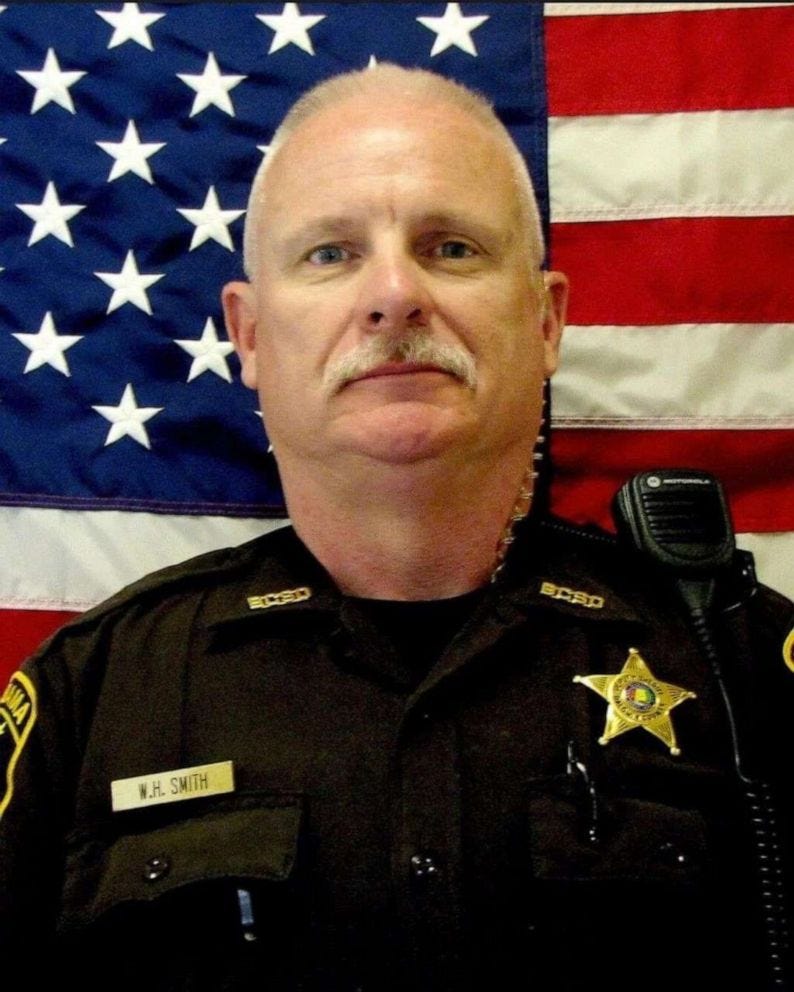
On June 6, 2021, Deputy William "Bill" Smith Jr., a Baldwin County Sheriff’s Deputy, responded to a call of a distressed swimmer in Fort Morgan, Alabama. Bill, along with three other deputies, entered the water and managed to save the swimmer. Unfortunately, it came at the cost of Bill’s life. Following the event, Governor Kay Ivey ordered flags to be flown at half-staff in his honor.
Bill was 57 years old and is survived by his wife, Samantha, two sons, Bo and Jake, and his sister Patty. Remember Bill today.



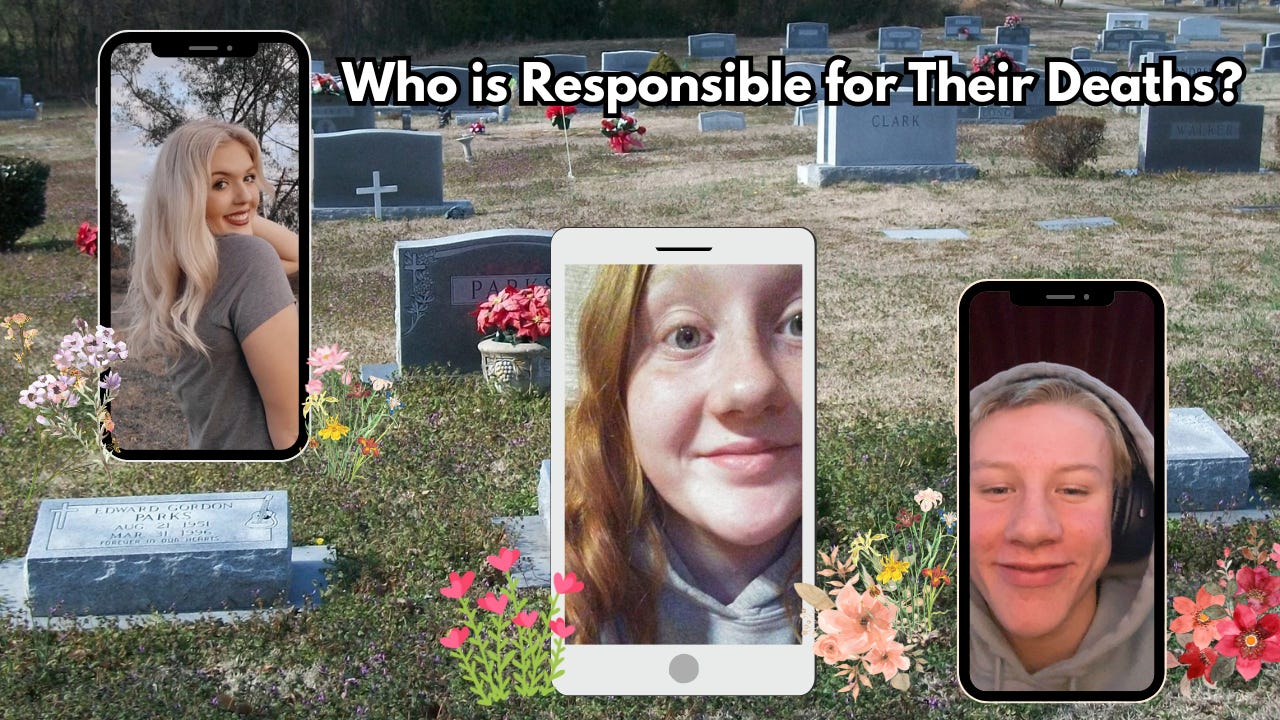

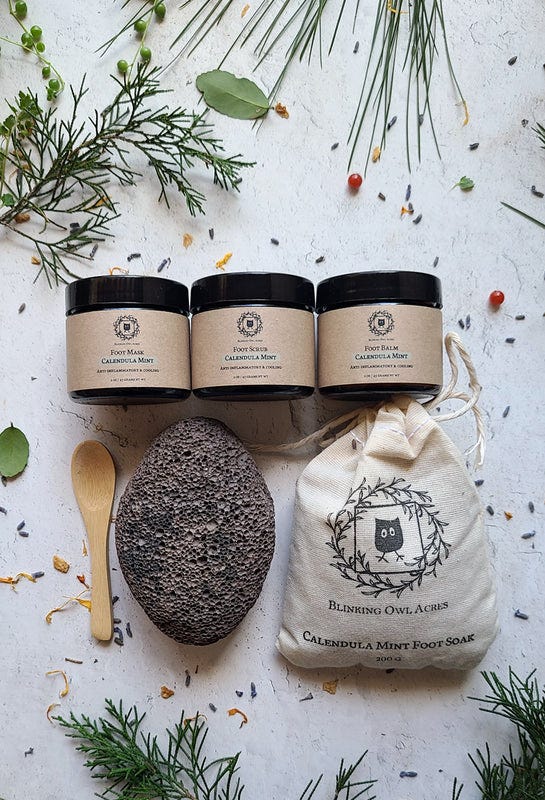
Thanks Greg, the only social media I use is Linked In, otherwise I’m not a fan.
Linked In is a bore too, hundreds of unnecessary messages etc plus I find once you’ve made contact a few times people disappear into the ether, unless you’re of use to them.
Better to phone folks I guess, but there again I’m from the Ice Age…………